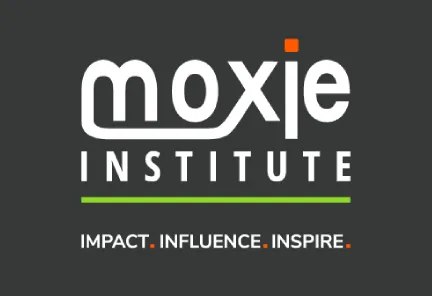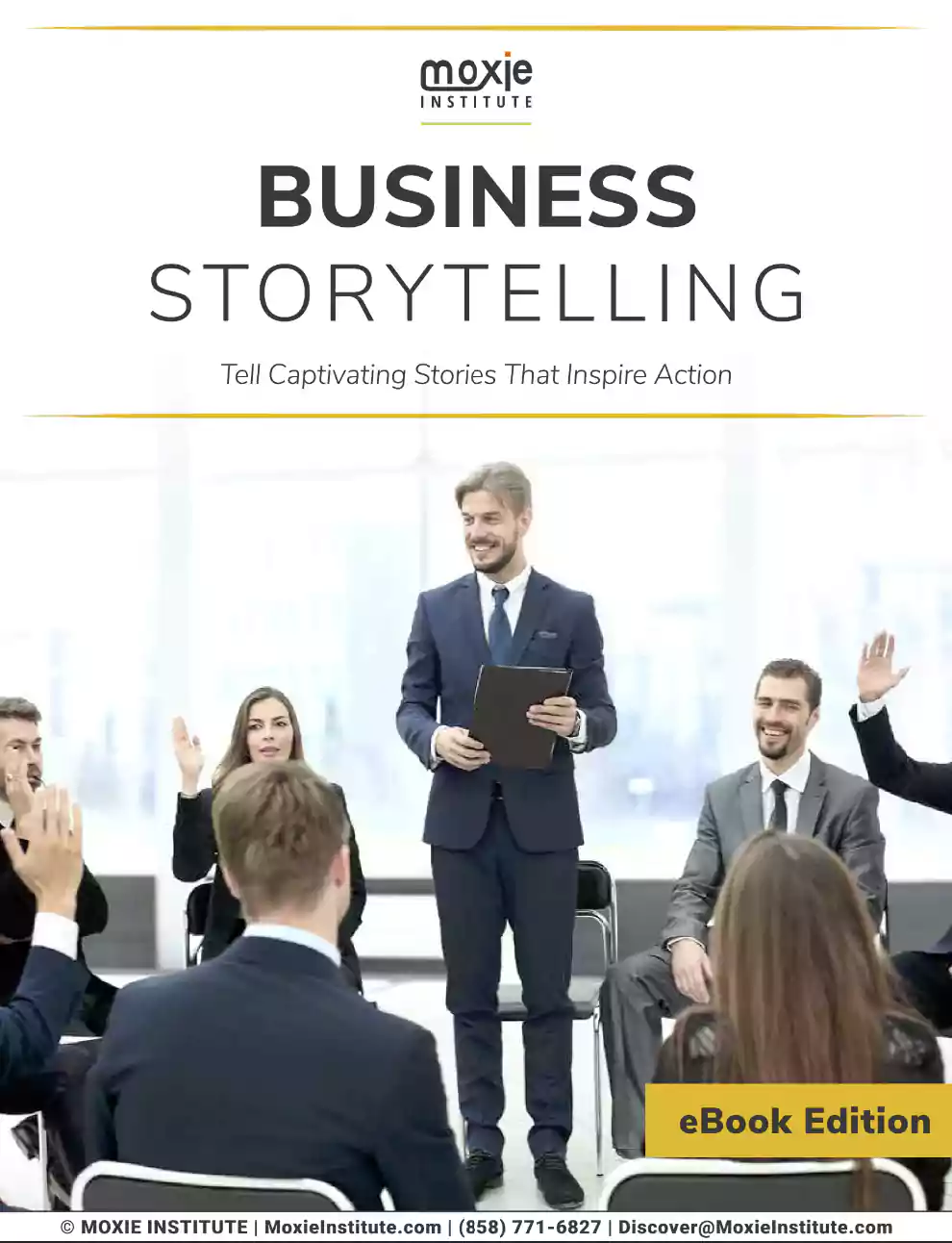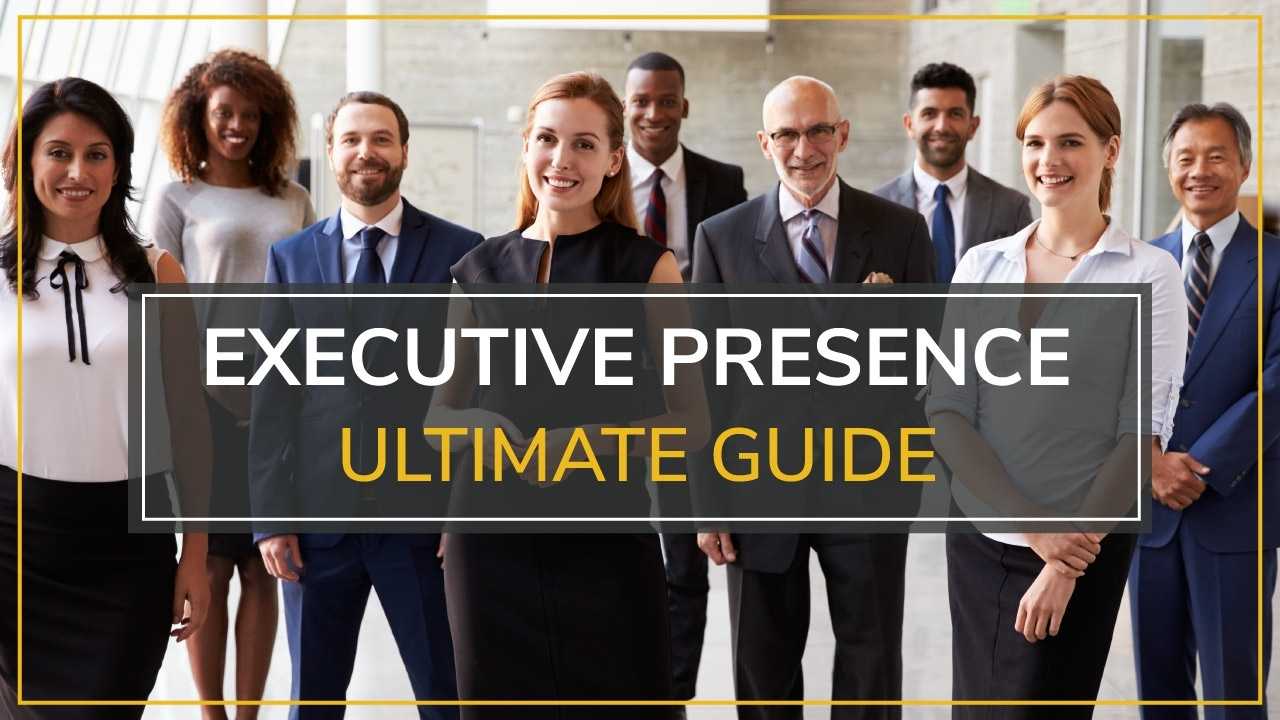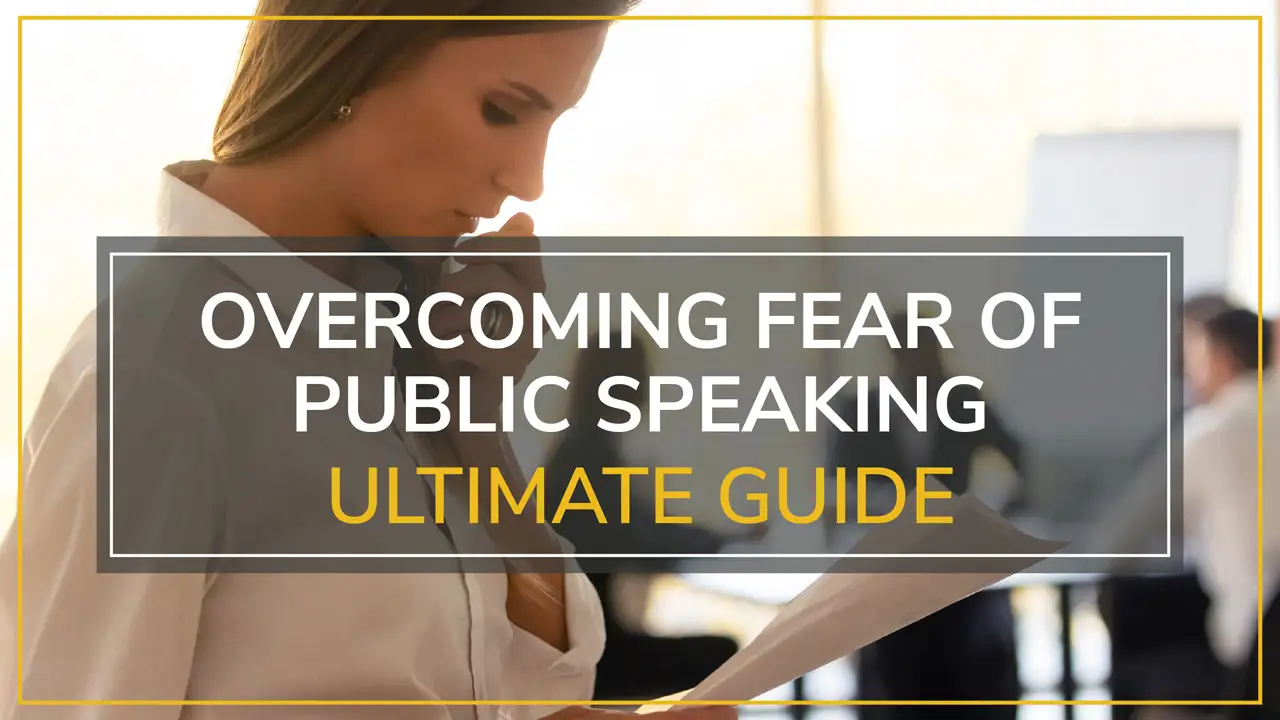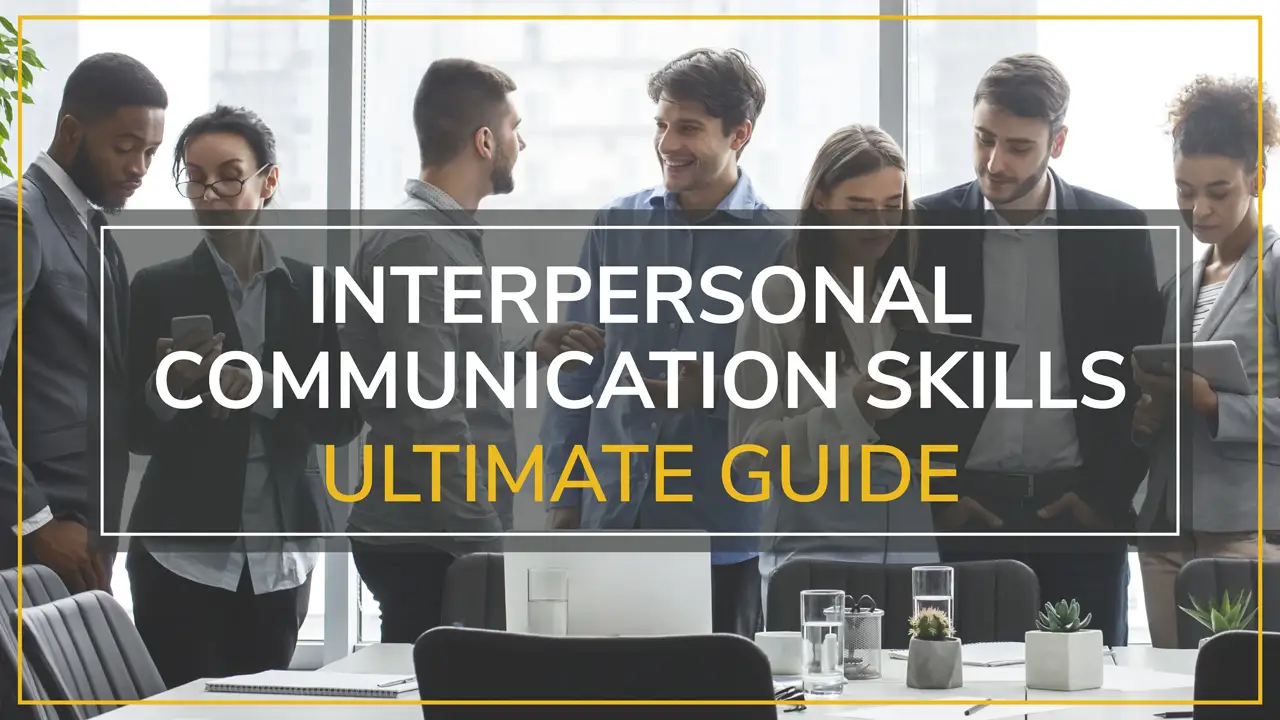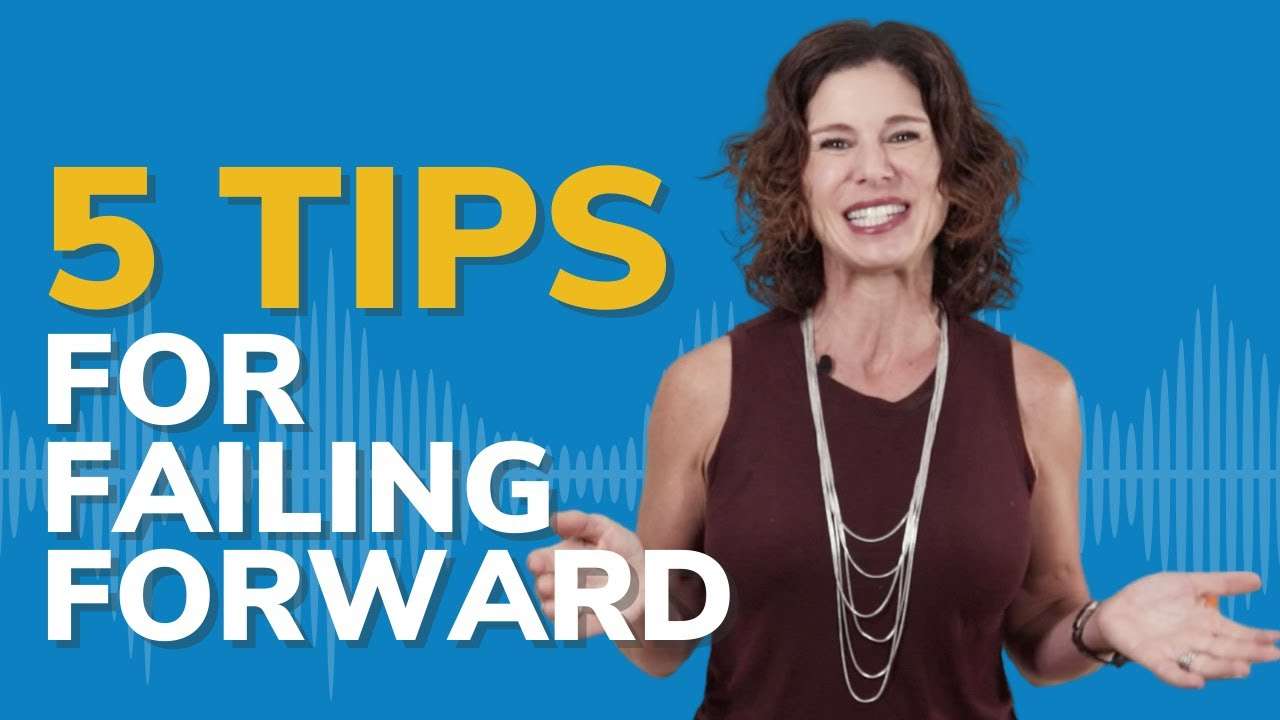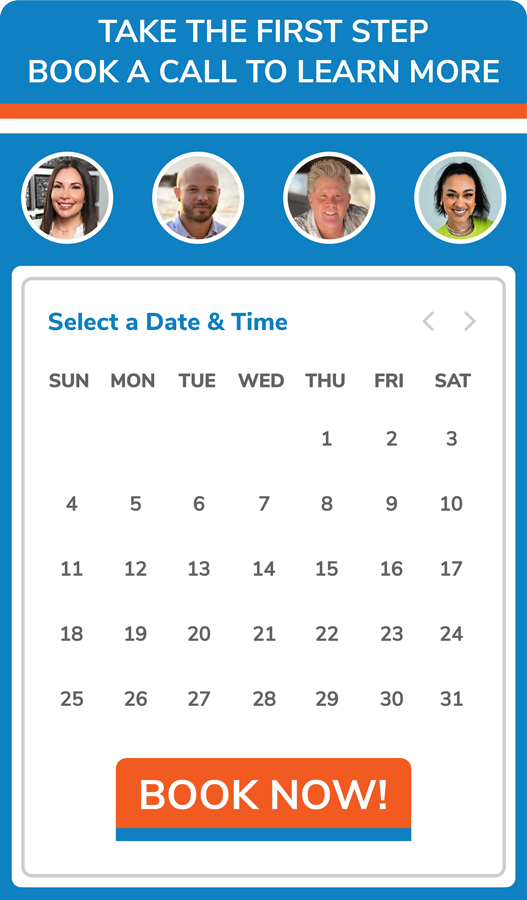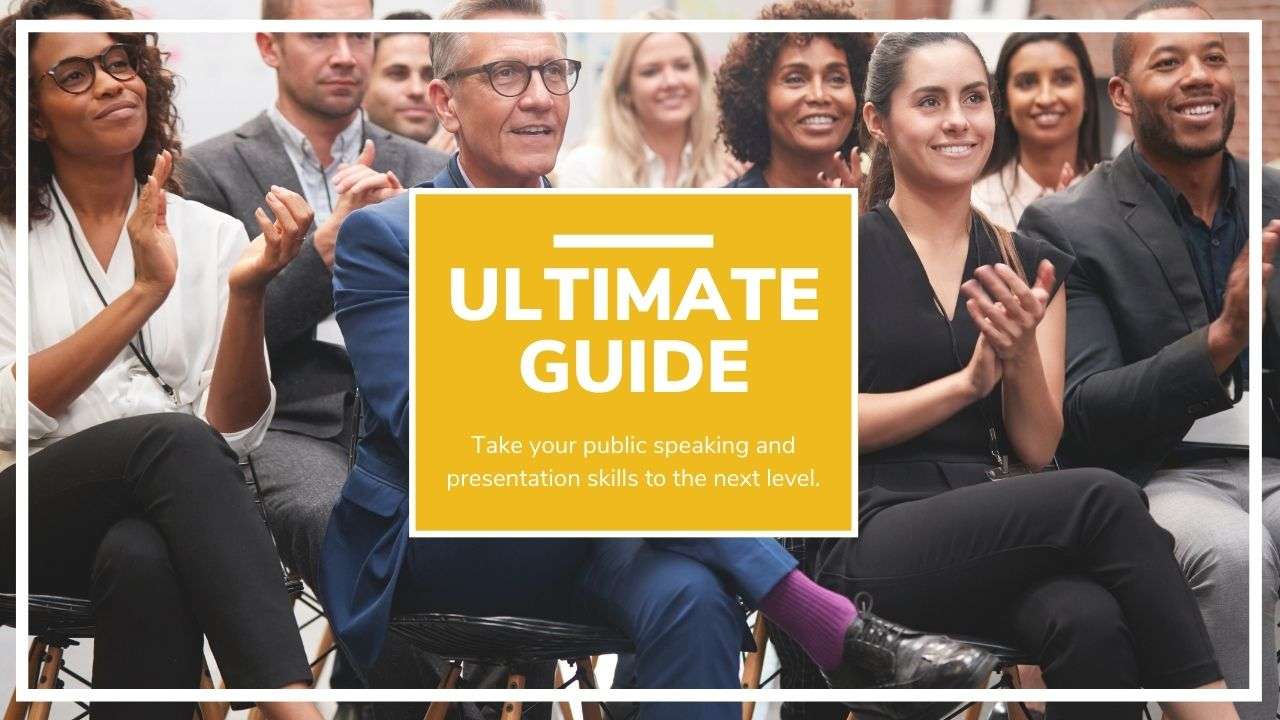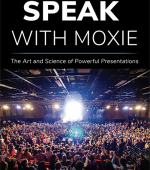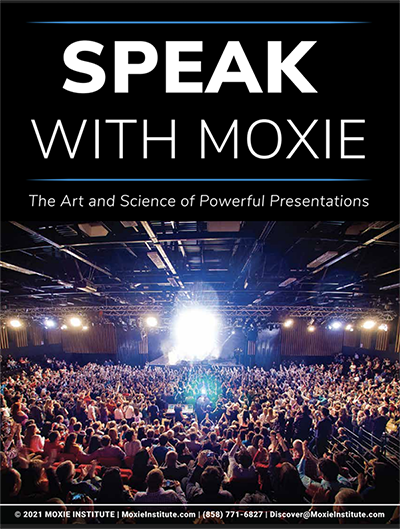I was recently working with a group of executives at a well-known life sciences company. What I uncovered while working with them was every single one of them were extremely nervous about presenting to leadership.
I have 10 tips to share with you today anytime you have to present to leadership or any high-stake situation.
Read on in the Moxie Talk blog.
—
Table of Contents
Toggle10 PRESENTATION TIPS TO IMPRESS SENIOR LEADERS
Hey everyone, I’m Fia Fasbinder. Welcome to Moxie Talk where we help you find your voice, share your message, and lead with confidence. Today, we’re talking about how to present to the leadership team or any high-stakes situation. Now, I’ve come up with a methodology that worked for the executives I was coaching and I think it will work for you, too. This is a 10-step program that you can use to make sure you are prepared and you are going to present at your best. —TIP 1: PREPARE
The first tip is to prepare. I know it sounds like a no-brainer, but how many people do you know that just show up and throw up for their presentation? It’s so important to prepare your content ahead of time with leadership teams that are extremely busy and queued up to see a ton of presentations and you’re just one in that lineup. You’re probably asking me, “Now, how do I prepare?” I’m going to tell you. The first step to preparing your content, and this is something that if you do this, I swear that the leadership team will thank you.TIP 2: BEGIN WITH THE END IN MIND
The second tip is to begin with the end in mind. You have to think about the goals for this presentation:- What do you want this audience to feel when they’re done?
- What do you want them to know when you’re done?
- What do you want them to do, when you’re done?
TIP 3: BE CLEAR AND CONCISE
The third tip is to be clear and concise—don’t ramble. Leadership teams are busy. If you ramble, they will cut you off. So, of course, how do you avoid rambling? How do you avoid going off on a tangent? You prepare. Prepare by rehearsing your content ahead of time. Read it ahead of time, say it aloud ahead of time, make sure it’s clear, concise, logical and you’re saying your message in the least amount of time possible so that you don’t get cut off in the middle of your presentation.TIP 4: TELL STORIES
Number 4 is to tell stories and give examples. Bring the data to life. I love the quote by Brene Brown which is “Stories are just data with a soul.” I know a lot of us have data-heavy presentations. Bring them to life by telling stories. I’ll give you another example. I worked with a financial accountant who worked at a large finance company and he was giving a presentation at their annual conference. Before this, he just started with the how-to’s—the how to save money for your IRA. After working with him, I uncovered that he actually had a single mom who worked four jobs to support the family and didn’t know how to save money and is now living with this financial advisor because she didn’t know how to save money and his single goal in life was to teach people how to save money so that they can retire and there can be a point where they don’t have to work so hard. When he told this story there was not a dry eye in the house—everybody was crying. People remembered his presentation years later. They came up to him after the presentation and what he was doing was personalizing it and connecting to the audience with a story.TIP 5: KEEP SLIDES MINIMAL
The fifth tip has to do with your slides—keep them minimal. Make sure that you are not talking through a slide by reading us all of the bullets. Instead, talk to the slide. Minimize the death by PowerPoint by taking the bullets off your slide and expanding on each of the points. Now you’re probably wondering — Well, what do I do with the bullets if I take them off my slide? You put them in the notes section of your PowerPoint. Or if you’re not using a PowerPoint with the notes, you prepare by rehearsing and you run it enough times that you know the content.I have died a thousand deaths when I have to sit through a presentation where a speaker just reads the bullets to me and the worst—please do not do this—is when they go back a slide. Noooooo!Provide extra information in your slide notes
Make sure your slides are minimal, they’re concise, and that you speak to the slides instead of reading to them. Our mantra at Moxie is your PowerPoint is not your teleprompter. If you can remember this, you’ll give such an engaging presentation. —Minimal
TIP 6: CHANNEL NERVOUS ENERGY INTO USABLE ENERGY
The sixth is to channel your nervous energy into usable energy. How do you do this? The best way to do this is by practicing. Nothing builds confidence like knowing your presentation. Look, things can happen during the presentation that are out of your control: You might get cut off, somebody might have to leave the room, your monitor breaks—We can’t control those things, but if you know your content and if you’ve rehearsed your content, those kinds of things won’t derail you.Make sure you know your content well enough that if you weren’t using your PowerPoint you could still talk to those executives. The general rule of thumb to make sure you know your content is:The best way to feel confident is to practice.
I know it sounds like a lot, but if this is a high-stakes presentation you owe it to yourself to make sure you go out there with confidence. —5 to 7 full rehearsals
TIP 7: PRE-PRESENTATION WARM UP
The seventh tip is to do a pre-presentation warm-up. Speaking of confidence, most of us are most nervous for the first 5 minutes before a presentation and the first 5 minutes of our presentation—that’s the witching hour when our heart rates are racing and we’re sweating and we can feel our cheeks getting hot. The best way to ensure that you don’t look nervous to that executive team—because they don’t know you’re nervous unless you look nervous or you tell them you’re nervous—the best way to ensure that you go out there with confidence is to warm up right before you go into the presentation. Look, any athlete that has a high-stakes game warms up before the game. They would never think of just going into the game without a warm-up. Do you think that a super bowl athlete doesn’t warm up before a game? Of course they do. But for some reason, as speakers, we think we can just walk right in there and start and we’re not going to get nervous. We need a warm-up, too. And I have 4 major components to any good speaker warm-up:MINDSET
The first is the mindset. So give yourself a mantra. You know, say something aloud that makes you feel great and you must say it aloud. If you say it aloud, you’re going to believe it a lot more.BREATHWORK
The second part of this warm-up is Breathwork. Take deep relaxing breaths from your diaphragm and if you’re not sure how to do this, I have a whole video on diaphragmatic breathing but my mantra is:This will literally bring your heart rate down and tell your body that it can get out of fight-or-flight and into rest-and-digest.Breathe low and slow.
WARM UP YOUR BODY
The third is to do a little warm-up with your body. A lot of us, when we’re speaking, we get stiff. All that adrenaline hits our body and we get stiff or we shake. The best way to ensure that you don’t look nervous is to do a physical warm-up. Shake out all those nerves, do jumping jacks, do push-ups, run in place—do something to get all of that adrenaline out of your body.WARM UP YOUR MOUTH
The last thing (this might sound ridiculous) is to warm up your mouth. The best way to make sure that you don’t fumble over your words is to do a warm-up. My favorite easy warm-up is to pretend you’re chewing a ton of bubble gum. It looks ridiculous, but you’re really warming up your speaker muscles so that you can speak clearly. So, really easy. Do this warm-up ahead of time. Obviously, don’t do it in front of the leadership team. If you can find a quiet place to do it, that would be great.TIP 8: HAVE VOCAL EXECUTIVE PRESENCE
The eighth tip is to have what I call vocal executive presence. Look, a lot of us when we get nervous, it shows in our voice. Either our voice goes high in register, or it’s quivery, or it’s too soft. The best way to ensure that you have vocal executive presence, which means that your voice is amplifying your message of authority instead of undermining it, is to do a quick vocal warm-up. The easiest way to warm up your voice—you do not have to be a singer to do this—is to do some simple hums. Humming is a great way to warm up our vocal cords. Do your breathing and if you want to learn how to stop your quivering I also have a video on this, if your voice quivers. Women, pay attention to your voice going into what we call your head register. A lot of us, myself included, when I get nervous, my voice goes into this high register which really undermines our authority and the first step is awareness. If you can be aware of going into that head register, you can absolutely bring it down and ground that voice. Imagine your voice coming from your belly instead of your head. Practice this way so you feel and hear the difference in your voice. —TIP 9: COMMANDING THE SPACE
Along with vocal executive presence is commanding the space with our body. Now, this is what we call:If anyone’s watched Amy Cuddy’s TED talk on power posing, it’s incredible. But what this really means is maximizing the space our body takes up in a room. When we get nervous, a huge clue that we’re nervous is our bodies get small. We cross our hands, we do what I call The Fig Leaf. Our shoulders are slumped, we look down, we make our bodies small. This is actually an unconscious ancient signal that we are literally trying to hide so that we are not being attacked. But we aren’t going to be attacked. This is a presentation. It’s probably a pretty friendly audience and the best way to ensure that you show vocal executive presence with your body and command the space is to maximize the space your body takes up in a room. This is simple. Just open your chest cavity by imagining that if I were to cut you in half from top to bottom, your shoulders would be on the back half of your body. It’s not some staunch military pose, it’s just slightly opening your chest cavity. Now straighten out the S-curve in your spine by imagining an invisible string. It starts in the middle of your head and the other half is attached to the ceiling and it’s just gently pulling you up. This is what our parents taught us in elementary school: Stand straight and smile! But it’s great advice. It’s a great way to make sure you’re commanding the space. —Presentation power posing
